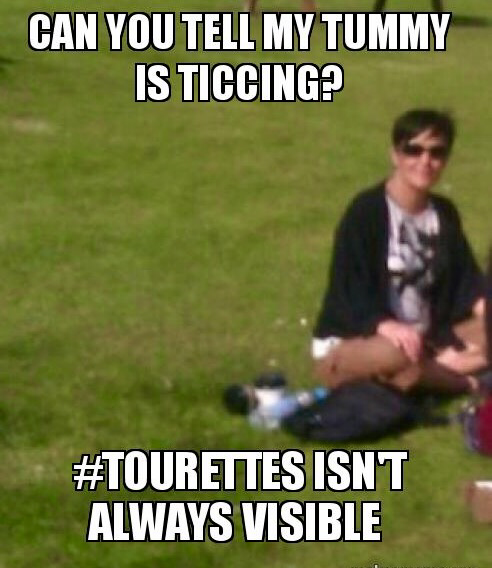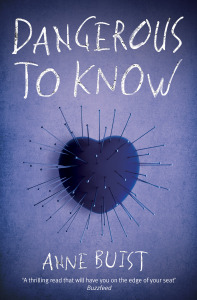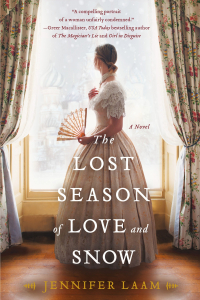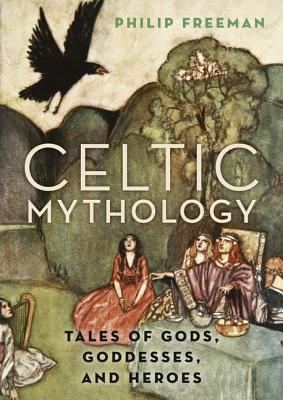James Rebanks, The Shepherd’s Life (Penguin 2016)
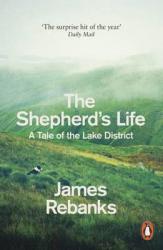 Before the meeting: A number of the chaps in the group (me included) had been charmed by James Rebanks when they heard him on Australian radio earlier this year. Plus his book is short, always desirable for the Book Group and especially so at this time of year. So this is what we read.
Before the meeting: A number of the chaps in the group (me included) had been charmed by James Rebanks when they heard him on Australian radio earlier this year. Plus his book is short, always desirable for the Book Group and especially so at this time of year. So this is what we read.
The book is part memoir, part family history, part advocacy for a way of life and a community of people. The early pages frame the conversation neatly: Rebanks tells of teachers who urged him and his fellow students to study hard if they didn’t want to spend the rest of their lives on their family’s tiny farms in the inhospitable fells of England’s Lake District, of a teacher who waxed lyrical about the beauty of that same region from the point of view of Romantic poets and those who followed after them, but seemed to regard her students as incapable of understanding such elevated thoughts:
I wanted to tell that teacher that she had it all wrong – tell her that she didn’t really know this place or its people at all. These thoughts took years to become clear, but in a rough childish form I think they were there from the start. I also knew in a crude way that if books define places, then writing books was important, but that we needed books by us and about us. But in that assembly in 1987 I was dumb and thirteen, so I just made a farting noise on my hand. Everyone laughed. She finished and left the stage fuming.
James Rebanks is no longer dumb and thirteen, and though this book rises from the same impulse as that farting noise, I’d be surprised if, when that teacher reads it, she fumes even the tiniest bit. Millions of people visit the Lake District each year for its beauty and simply don’t see that it is a workplace, or have any sense of the accumulated knowledge and connection to country of the people who work there. To them, in a very real sense, Rebanks and his community are invisible. The book doesn’t reprimand or reproach the visitors for their narrow vision. It sets out to show them – I should say us, even though I haven’t been there – what we have failed to see, and it succeeds brilliantly.
There’s a lot about sheep, about sheep dogs, about grandfathers, fathers and mothers and sons and daughters, about lambing and tupping and death, about fine ewes and tups (a word I’ve previously only known in the rhyme ‘Thomas a Tattamus took two tees / to tie two tups to two tall trees’), about the qualities of different breeds and the way the seasons run the life of the farms. There’s Wordsworth (not as unaware of the farmers as young Rebanks thought) and Beatrix Potter (not as the cranky child-hater I’d read about elsewhere). And there’s a lot about a way of life that is perhaps more than a thousand years old and has survived the depredations of capitalism more or less intact.
In some editions the book is subtitled ‘Modern dispatches from an ancient landscape’. I think that’s a mistake, because its whole purpose is to claim the land back from the idea of it as ‘landscape’, as something to be looked at. It moves in the direction of what I (dimly) understand of the Aboriginal idea of Country – and it’s no surprise that one section is introduced with a quote from Oodgeroo Noonuccal: ‘Let no one say the past is dead. / The past is all around us and within.’
I’ve sometimes thought that I should start a blog post about a book by mentioning how it connects with other recent reading. This would have been a good one to start with: the scene described in this book when the radioactive cloud from the Chernobyl disaster appears is not as intense as those in Svetlana Alexievich’s Chernobyl Prayer, but it’s definitely in the same peasant universe. The account of the obsessive value that some shepherds place on particular breeds of sheep and the agony caused by government slaughter to prevent the spread of disease is gripping in its own right, but also makes an excellent footnote to Grímur Hákonarson’s great movie, Rams.
I expect the book will resonate with anyone who spent their childhood on a farm, whether they dealt with sheep or not. I’m a thoroughly citified seventy-year-old, but the boy who helped decapitate a stillborn calf and pull it out of its mother, while his father held the mother’s head and crooned reassurance to her – that boy came alive again as I read this book.
After the meeting: It was our end of year meeting in a restaurant, so conversation was fragmented and only about the book for a comparatively brief time. A show of hands indicated we were unanimous in liking the book. One chap felt it was too long (I don’t agree) and repetitive (yes, but I didn’t mind), poorly edited (hmm, I did notice one or two things), but he didn’t want to put it down: it turned out that like me he was brought up on a farm and had no attraction to the work or the way of life, and his father ran sheep, so in a way the book spoke very directly to him.
There was of course some controversy, but it was about the New South Wales government’s intention of pulling down a sports facility that’s less than 20 years old, and about the media treatment of the latest wave of sexual harassment scandals. There was good news from the group member who has been dealing with aggressive prostate cancer, we had a Kris Kringle or used books, and parted wishing each other good things for the end of the year.
Share this: